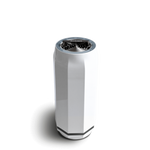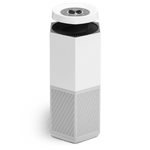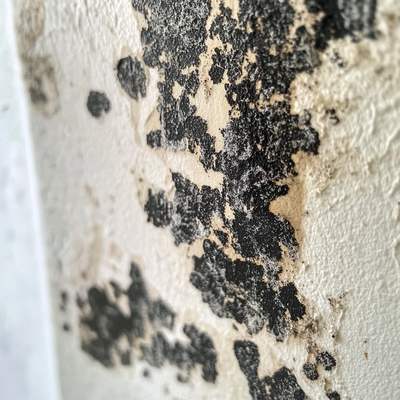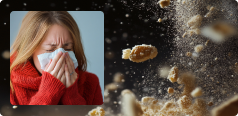Puraclenz PCO vs. HEPA: What’s the Difference and Why It Matters
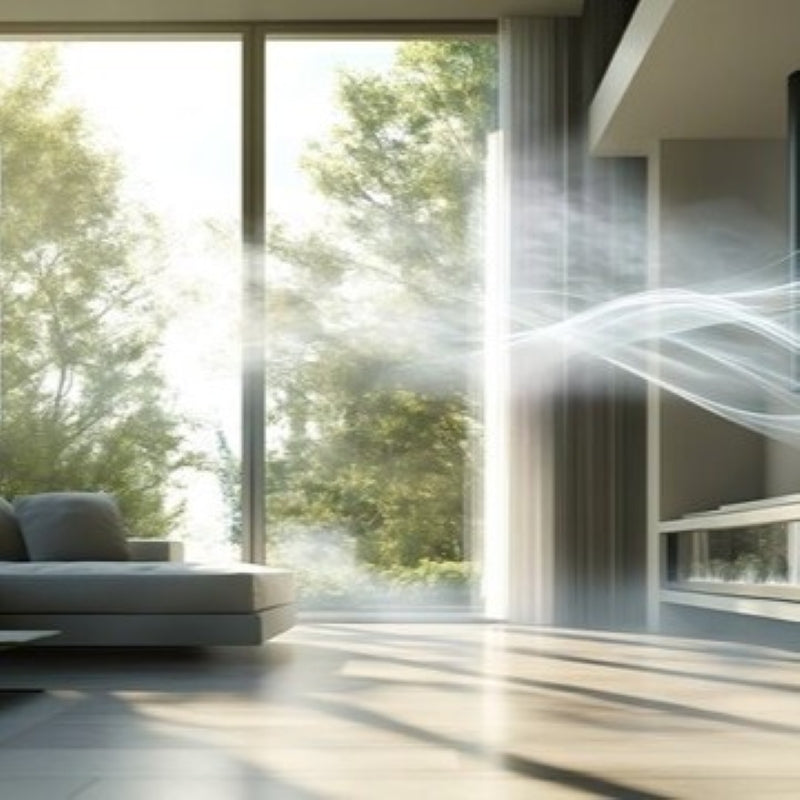
When it comes to improving indoor air quality, two of the most widely used technologies are HEPA filtration and PCO purification. While both help reduce airborne pollutants, they work in fundamentally different ways—and understanding those differences can help you choose the right solution for your space. Puraclenz uses a patented PCO purification process to complement or replace HEPA filters by deactivating pollutants in the air and on surfaces.
What is HEPA and How Does It Work?
HEPA (High-Efficiency Particulate Air) filters use a dense mat of fibers to capture airborne particles as air passes through the filter. To meet HEPA standards, the filter must remove 99.97% of particles 0.3 microns in size. This includes dust, smoke, pet dander, and some types of bacteria 3.
HEPA is Ideal For:
- Capturing dust, pollen, and pet dander
- Reducing airborne particles in enclosed spaces
- People with sensitivities to airborne particles
HEPA Limitations:
- HEPA filters are passive—they only purify the air that flows through them
- They do not deactivate pollutants or neutralize odors and VOCs
- Frequent filter replacement is needed
- They do not purify surfaces or hard-to-reach areas

What is PCO and How Does Puraclenz Use It?
Photocatalytic Oxidation (PCO) is an active purification method that uses light-activated catalysts to produce ions that travel through indoor spaces. These ions deactivate pollutants in the air and on surfaces. Puraclenz uses a patented version of PCO purification originally developed for use in spacecraft to deliver continuous purification without generating ozone.
Puraclenz PCO Is Designed to:
- Deactivate airborne and surface pollutants like viruses 2, bacteria 3, and mold 1 spores
- Reduce volatile organic compounds (VOCs) and odors
- Purify hard-to-reach areas like corners, ducts, and high surfaces
- Operate without filters—low maintenance and quiet
Limitations of PCO:
- Does not physically trap large particles like dust or hair
- May be best paired with HEPA in dusty environments for optimal results
PCO vs. HEPA: What’s the Right Fit?
| Need | Best Technology |
|---|---|
| Trapping dust, pollen, and pet dander | HEPA |
| Deactivating viruses and bacteria | Puraclenz PCO |
| Reducing mold 1 spores and VOCs | Puraclenz PCO |
| Purifying hard-to-reach areas | Puraclenz PCO |
| Heavy dust environments | HEPA |
| Odor and VOC reduction | Puraclenz PCO |
Why Not Both? Puraclenz Core Enhances HEPA Performance
Some indoor environments benefit from both technologies working together. That’s where the Puraclenz Core comes in. It’s specifically designed to complement traditional HEPA systems by proactively deactivating pollutants that filters can’t trap—like viruses 2, bacteria 3, and mold 1 spores in the air and on surfaces.
The Puraclenz Core generates a continuous flow of ions to fight pollutants throughout indoor spaces—including corners, vents, and surfaces where filters don’t reach. It’s filter-free, certified for zero ozone (UL 2998), and requires minimal maintenance. Together, HEPA and Puraclenz create a comprehensive purification solution.
Final Thoughts
HEPA filters and PCO purification both play an important role in cleaner indoor environments. HEPA captures particles. Puraclenz deactivates what filters miss. Whether you're looking to improve air quality at home, in the office, or in shared spaces, combining the two can deliver results beyond filtration alone.
Upgrade from filtration to full purification—with Puraclenz PCO.
Recommended products

Core Air & Surface Purifier + HEPA
$519.99

Photon Air & Surface Purifier
$299.99
